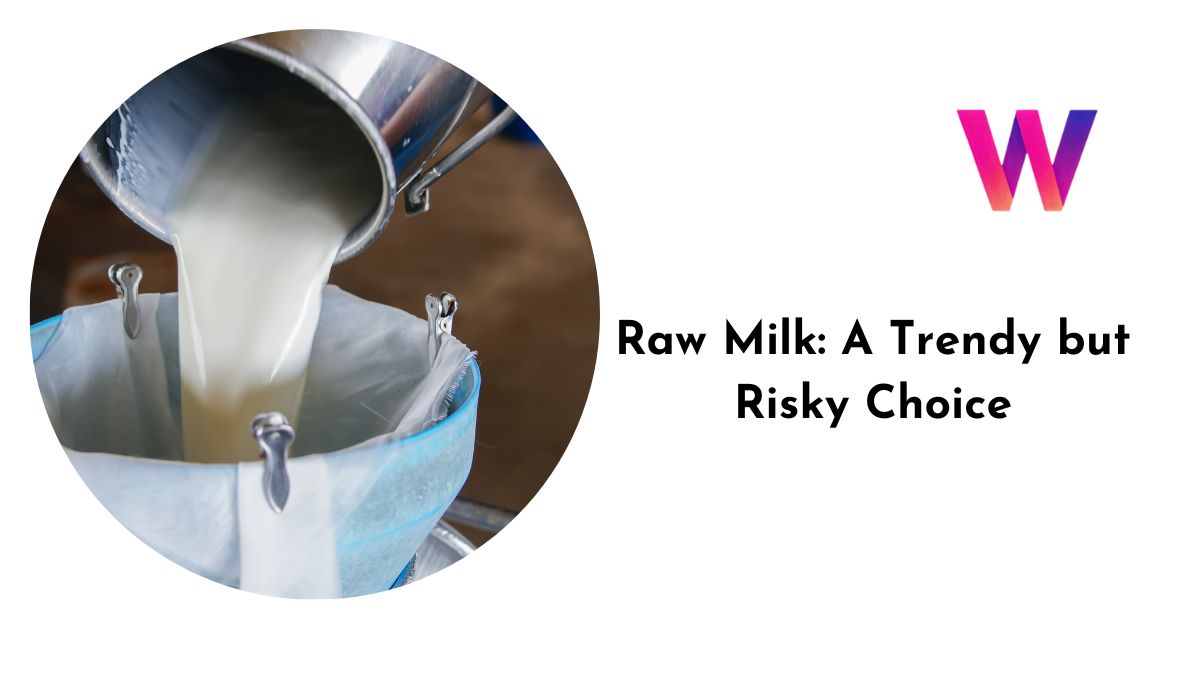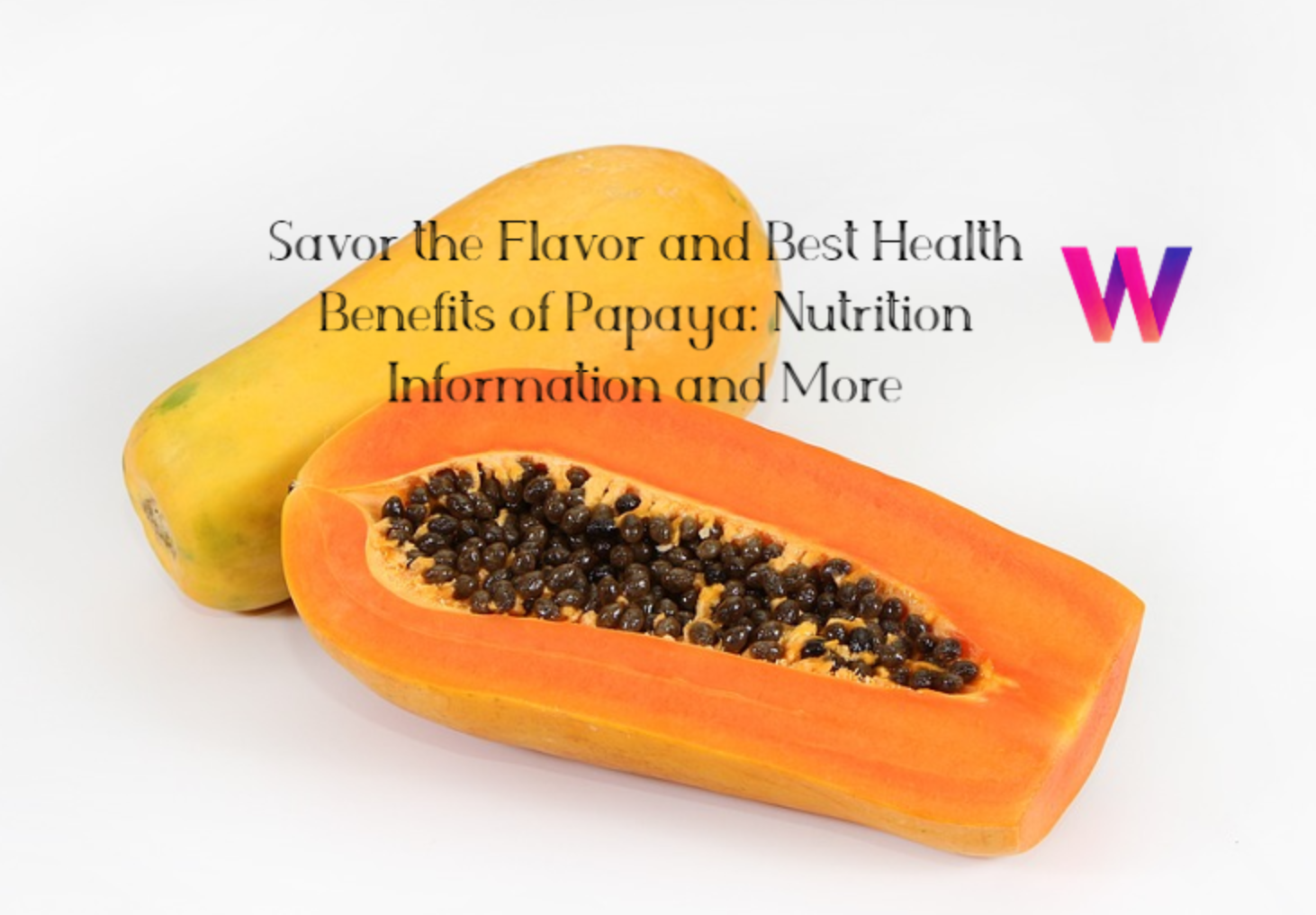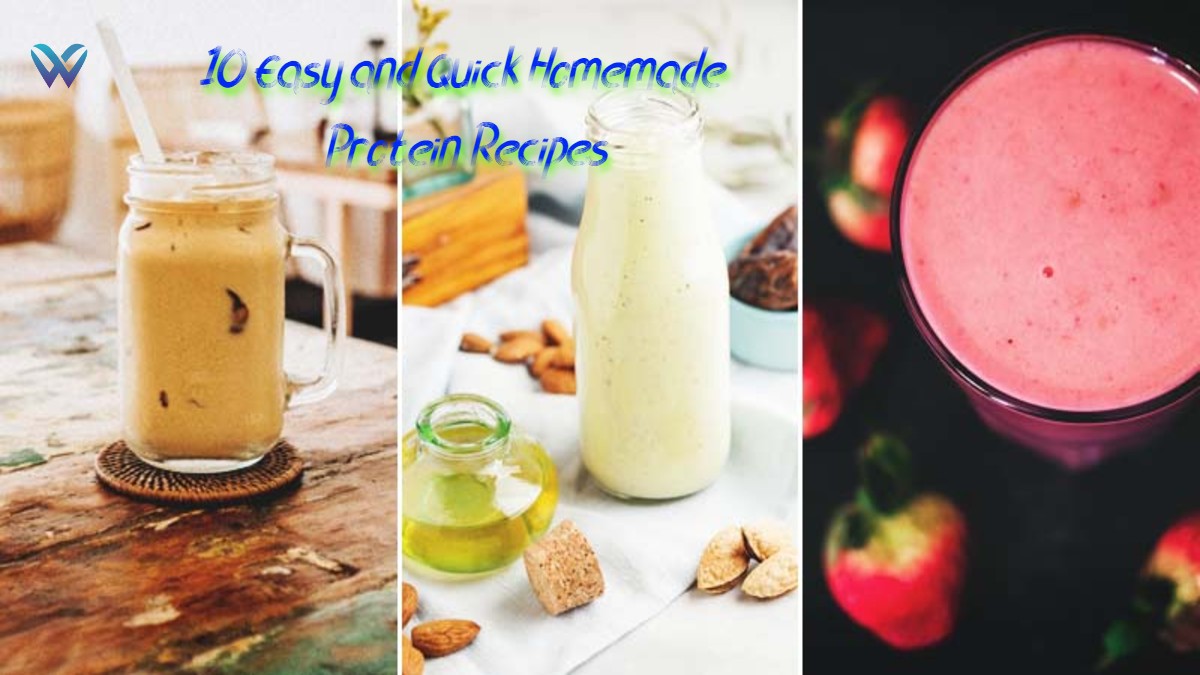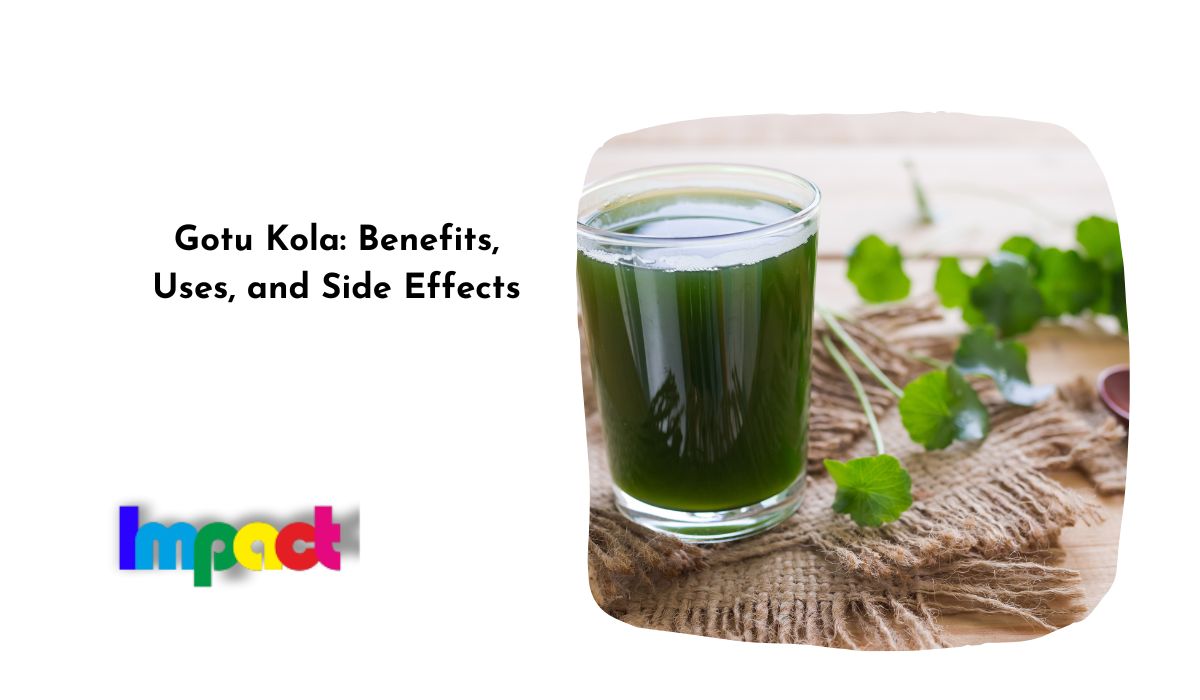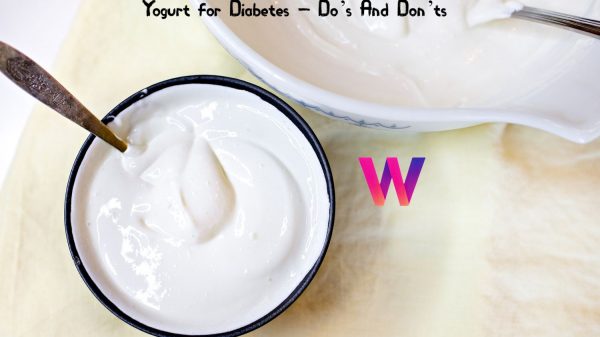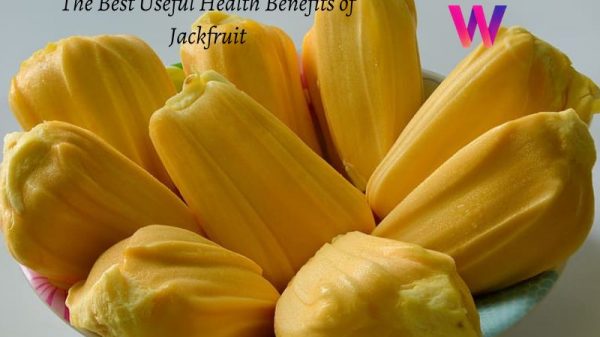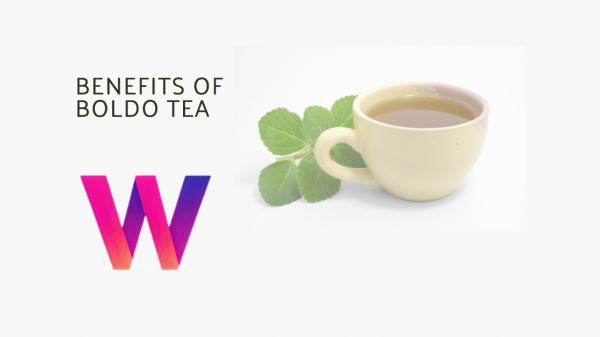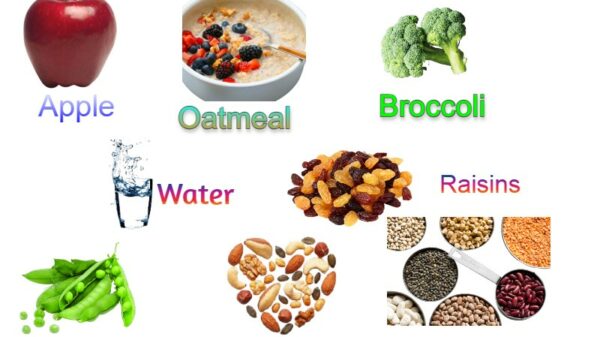Raw milk is milk that has not been pasteurized or homogenized, meaning that it has not been heated or processed to kill harmful bacteria and preserve its shelf life. Some people prefer raw milk over pasteurized milk because they believe it has more nutritional and health benefits, such as higher levels of enzymes, vitamins, minerals, and beneficial bacteria. However, raw milk also carries a higher risk of contamination and infection from pathogens that can cause serious and sometimes fatal illnesses. In this article, we will explore the pros and cons of raw milk, the history and legality of its production and consumption, and the safety precautions that consumers should take if they choose to drink it.
Table of Contents
What are the benefits of raw milk?
Raw milk advocates claim that raw milk has several advantages over pasteurized milk, such as:
- It contains more enzymes that help digest lactose and fats, and may prevent allergies and asthma
- It has higher levels of vitamins A, B, C, D, E, and K, as well as minerals such as calcium, magnesium, phosphorus, and iron
- It has more beneficial bacteria that can improve gut health and immunity, and may prevent infections and diseases
- It has a richer and creamier taste and texture, and can be used to make cheese, yogurt, butter, and other dairy products
Some studies have suggested that raw milk may have a protective effect against respiratory infections, fever, eczema, and allergies in children However, these studies have limitations such as small sample size, lack of control groups, confounding factors, and self-reported data. Therefore, more rigorous and large-scale research is needed to confirm the validity and generalizability of these findings.
(Also Read: 5 Tips to Improve Your Sleep Quality)
What are the risks of raw milk?
Raw milk also poses significant risks to consumers, especially children, pregnant women, elderly people, and those with weakened immune systems. These risks include:
- Exposure to harmful bacteria such as E. coli, Salmonella, Listeria, Campylobacter, Brucella, and Mycobacterium bovis (which causes bovine tuberculosis). These bacteria can cause symptoms such as diarrhea, vomiting, abdominal pain, fever, headache, muscle pain, joint pain, kidney failure, miscarriage, stillbirth, meningitis, paralysis, and death
- Ingestion of toxins produced by bacteria or molds that can grow in raw milk due to improper handling or storage. These toxins can cause food poisoning or neurological disorders.
- Allergic reactions to proteins or contaminants in raw milk that can trigger asthma attacks or anaphylaxis.
- Nutritional deficiencies due to lower levels of vitamin D (which is often added to pasteurized milk) or iodine (which is lost during milking). These deficiencies can lead to rickets or goiter.
According to the Centers for Disease Control and Prevention (CDC), from 1993 to 2012, there were 127 outbreaks of foodborne illness linked to raw milk or raw milk products in the United States. These outbreaks resulted in 1,909 illnesses, 144 hospitalizations, and two deaths. Most of these outbreaks occurred in states where the sale of raw milk was legal.
How did pasteurization come about?
Pasteurization is a process of heating food or beverages to a certain temperature for a certain time to kill harmful microorganisms and extend shelf life. The process is named after the French scientist Louis Pasteur who discovered in the 1860s that heating wine and beer could prevent spoilage caused by yeast and bacteria. He later applied this method to milk to prevent the transmission of bovine tuberculosis and other diseases from cows to humans.
Pasteurization was introduced in the United States in the early 1900s in response to an epidemic of bovine tuberculosis that killed thousands of people who drank contaminated milk. By the 1920s, pasteurization became mandatory in many states and cities. By the 1950s, pasteurization was widely adopted by the dairy industry as a standard practice for quality control and safety assurance.
Today, pasteurization is regulated by the Food and Drug Administration (FDA) which sets the minimum standards for time and temperature for different types of pasteurization methods. The most common method is high-temperature short-time (HTST) pasteurization which involves heating milk to at least 161°F for 15 seconds. Another method is ultra-high-temperature (UHT) pasteurization which involves heating milk to at least 280°F for a few seconds. UHT pasteurized milk can be stored without refrigeration for up to nine months if sealed in sterile containers.
Is raw milk legal?
The legality of raw milk varies from state to state and country to country. In the United States, the FDA prohibits the interstate sale or distribution of raw milk or raw milk products. However, each state has its own laws and regulations regarding the production, sale, and consumption of raw milk within its borders. As of 2020, 12 states allow the retail sale of raw milk in stores, 17 states allow the on-farm sale of raw milk, 10 states allow the delivery or pickup of raw milk through herd-share or cow-share agreements, four states allow the sale of raw goat milk only, and seven states ban the sale of raw milk altogether.
In Canada, the sale or distribution of raw milk is illegal under the Food and Drugs Act. However, some consumers obtain raw milk through cow-share or farm-share programs that are not regulated by the government.
In Europe, the European Union allows the sale of raw milk under certain conditions such as labeling, hygiene, and testing requirements. However, each member state can impose its own restrictions or bans on raw milk. For example, France, Italy, Germany, and the United Kingdom allow the sale of raw milk in vending machines, farmers’ markets, or farms, while Sweden, Ireland, and Scotland prohibit the sale of raw milk.
In other parts of the world, such as Africa, Asia, and Latin America, raw milk is widely consumed due to lack of access to pasteurization facilities or cultural preferences. However, this also exposes consumers to higher risks of infection and disease from contaminated milk.
How to safely consume raw milk?
If you choose to consume raw milk despite the health risks and legal issues involved, you should take some precautions to reduce your chances of getting sick. These include:
- Buying raw milk only from reputable sources that follow good hygiene practices and test their milk regularly for pathogens and quality.
- Storing raw milk in a clean and sealed container in the refrigerator at 40°F or below and using it within a few days.
- Discarding any raw milk that looks, smells, or tastes sour or spoiled.
- Boiling raw milk before drinking it to kill any bacteria that may be present. However, this will also destroy some of the nutrients and enzymes that are claimed to be beneficial in raw milk.
- Avoiding drinking raw milk if you are pregnant, breastfeeding, elderly, or have a weakened immune system or chronic medical condition.
- Seeking medical attention immediately if you experience any symptoms of foodborne illness such as diarrhea, vomiting, fever, or abdominal pain after drinking raw milk.
Conclusion
Raw milk is a controversial topic that has supporters and opponents on both sides of the debate. While some people claim that raw milk has more nutritional and health benefits than pasteurized milk, others argue that raw milk poses serious risks of infection and disease from harmful bacteria. The evidence for the benefits of raw milk is not conclusive and may be outweighed by the potential dangers. The legality of raw milk also varies depending on where you live and how you obtain it. If you decide to drink raw milk, you should be aware of the risks involved and take precautions to protect yourself and your family from illness.
FAQs
Q: What is the difference between pasteurized and homogenized milk?
A: Pasteurized milk is milk that has been heated to kill harmful bacteria and extend shelf life. Homogenized milk is milk that has been processed to break down the fat globules and distribute them evenly throughout the liquid. This prevents the cream from separating from the skimmed part of the milk and improves the appearance and taste of the product.
Q: What are some alternatives to pasteurized or raw cow’s milk?
A: Some alternatives to pasteurized or raw cow’s milk include goat’s milk, sheep’s milk, buffalo’s milk, camel’s milk, or plant-based milks such as soy, almond, oat, rice, or coconut milk. These alternatives may have different nutritional profiles, allergenic properties, and flavors than cow’s milk.
Q: Is cheese made from raw milk safe to eat?
A: Cheese made from raw milk may be safer than liquid raw milk because the cheese-making process reduces the moisture content, pH level, and oxygen availability that bacteria need to grow. However, cheese made from raw milk can still harbor pathogens that can cause illness, especially if it is soft, moist, or fresh cheese that has not been aged for at least 60 days. Therefore, consumers should check the label for information on whether the cheese is made from pasteurized or unpasteurized milk and follow proper storage and handling instructions.

